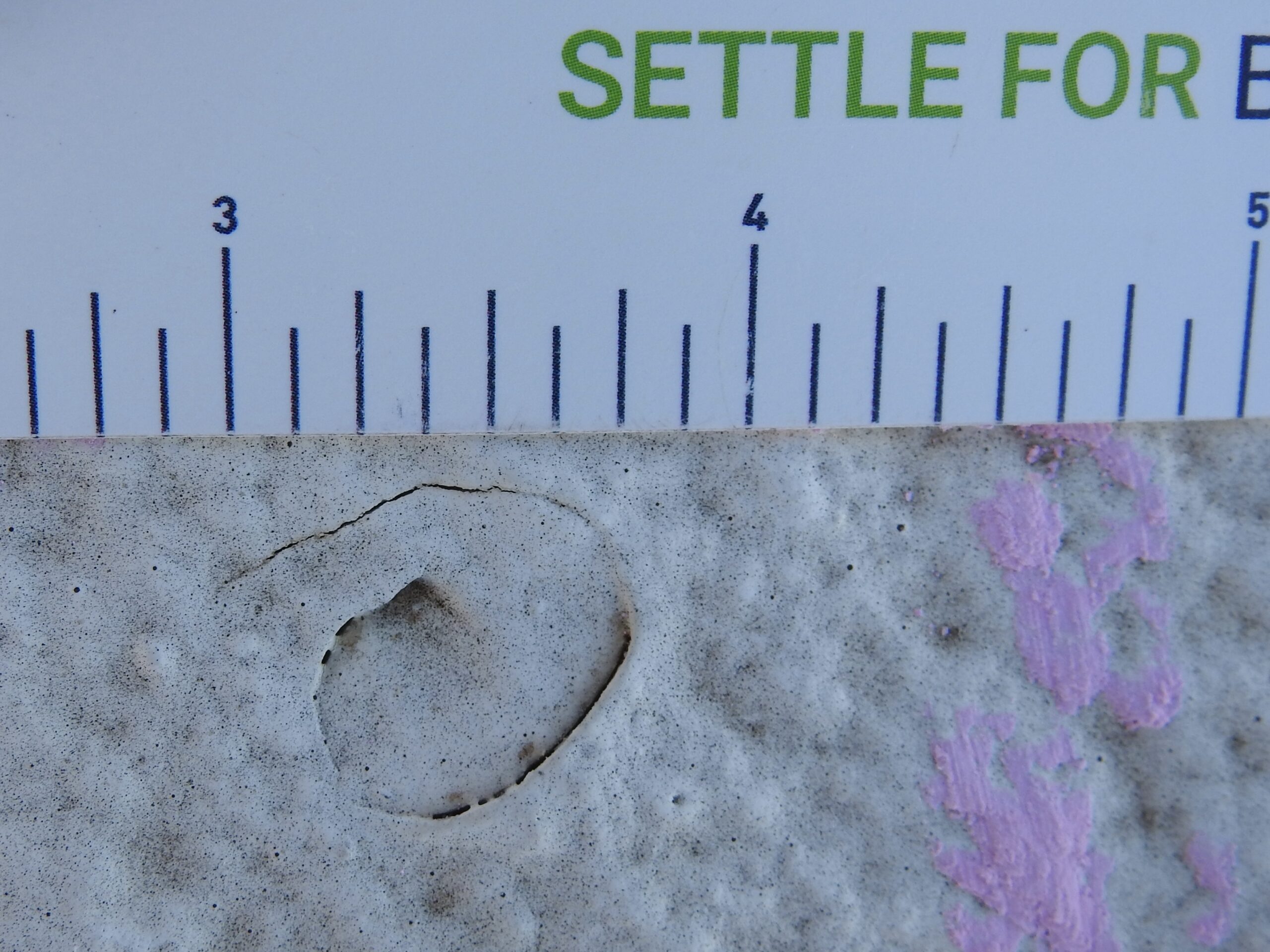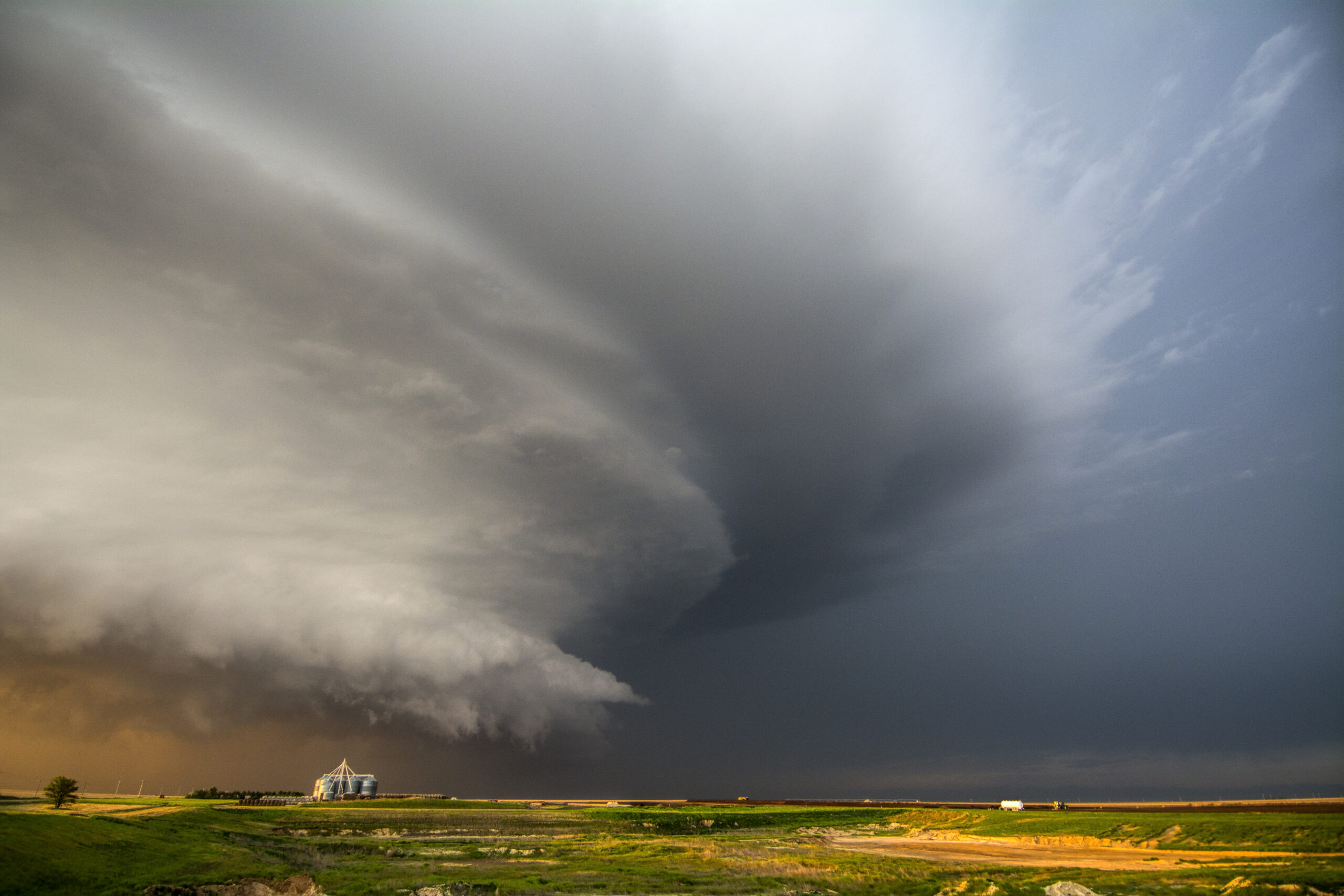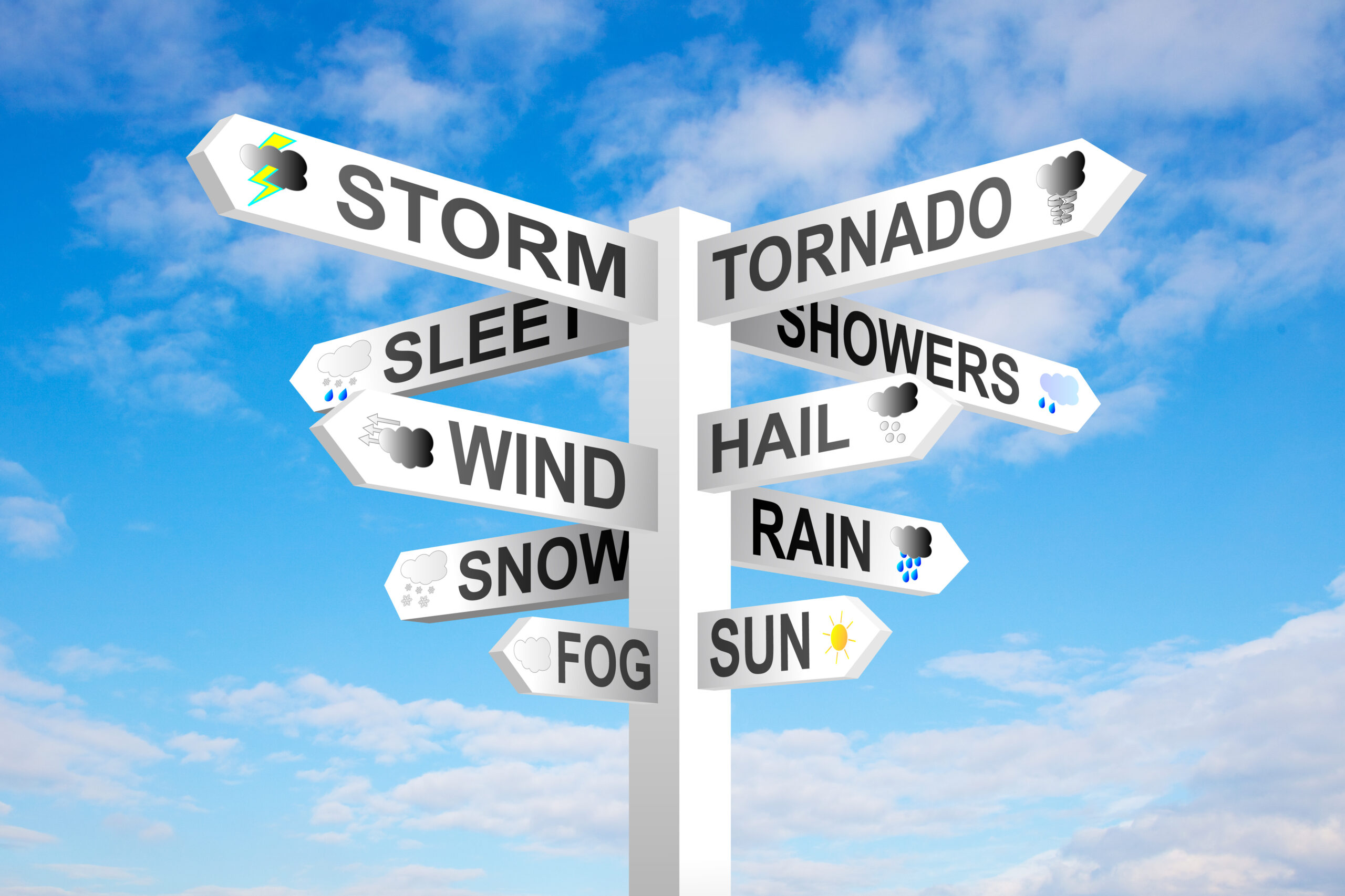Hail can cause significant damage to a property. Unfortunately, when investigating hail damage, there is no one-size-fits-all situation, and every storm and property has variables that must be accounted for to determine damage accurately. Conducting a proper investigation accompanied by extensive documentation can be the difference between an approved or denied insurance claim. So, let’s find out a little more about hail.
What is Considered Hail?
According to meteorologist Jeff Haby, hail is a spheroid particle of ice that falls from a convective storm and must be greater than or equal to 0.2 inches. The National Weather Service, however, identifies hail as being 1 inch or greater even though, in many instances, hail smaller than 1 inch still causes damage. Wind speeds can also enhance the damage caused by hail. Therefore, high wind-blown hail may cause even small hail to have increased damage results.
Hail Impact
There is no way to know exactly what the hail size will be at any one location during a storm. When inspecting hail damage, it is important to note that not all hail that will fall during an event is the same size. Forecasts, warnings, and hail reports will likely only provide a determination of the largest hail that fell during the event, so depending on the storm and the property’s location, the damage and hail size will vary. Additionally, the impact of the damage will also depend on the property and the amount of damage. For instance, smaller hail may impact a farmer’s crops more significantly than it impacts their barn’s roof. However, there is still damage that must be appropriately evaluated.
How Hail Impacts Commercial Roofing
Typically, larger hailstones will produce more significant spatter marks than smaller hailstones. The force and velocity with which a hailstone hits a surface can result in more pronounced markings. Therefore, if you observe extensive spatter marks on a low slope roof, metal roof or metal components of a roof, or HVAC units, etc., it suggests that larger hailstones have likely impacted the area. However, it’s important to note that spatter marks alone may not provide an accurate measurement of hail size. Other factors, such as the type of roofing material, its condition, and the angle at which the hail struck, can influence the appearance of spatter marks. When determining the precise size of hailstones, it is best to rely on weather reports, local hail data, or measurements taken during the hail event.
Spatter Marks
When inspecting a low-slope commercial roof following a hail storm, one thing to pay attention to while determining damage is spatter marking. When hail strikes a low-slope roof, it often causes spatter marks, which are marks or patterns left behind by the impact and dispersion of hailstones. Spatter marks on low-slope roofing systems can indicate the size of hail that has impacted the surface. Therefore, paying attention to any collateral damage is imperative for a complete understanding of the weather event and its impact on the property.
Using Spatter Marks to Determine Hail Size
According to a study conducted by Jim D. Koontz titled ‘Hail: Sizing It Up’ states that if hail impacts a vertical surface at a 45-degree angle, the splash marks present would indicate that the hailstone that hit the surface would be twice the size of the mark.
Therefore, according to this study, we can estimate that this hailstorm would have to have produced 2 1/4″ hail. Correlating this with weather data can be a valuable asset in proving the property was damaged by the storm in question.
When dealing with insurance claims, knowing what you are looking at and how to substantiate your findings is imperative to ensure the best claim outcome. If you are dealing with a complex claim or a claim that has been denied or underpaid, our team would be happy to review and assist you in substantiating and proving the claim. Reach out to us below.







